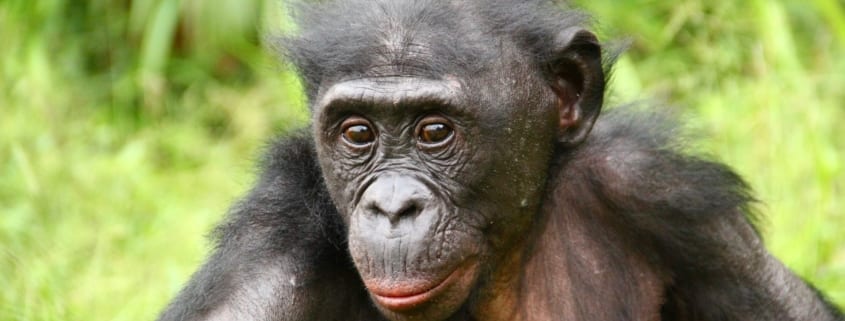Conservation in Africa: Year in Review
Rainforest Trust’s work in Africa continues to demonstrate some of our most dynamic and diverse conservation projects. From the East African grasslands, to the dense forests of the Congo and the South African dry brush, our work here protects some of the world’s most iconic places and wildlife.
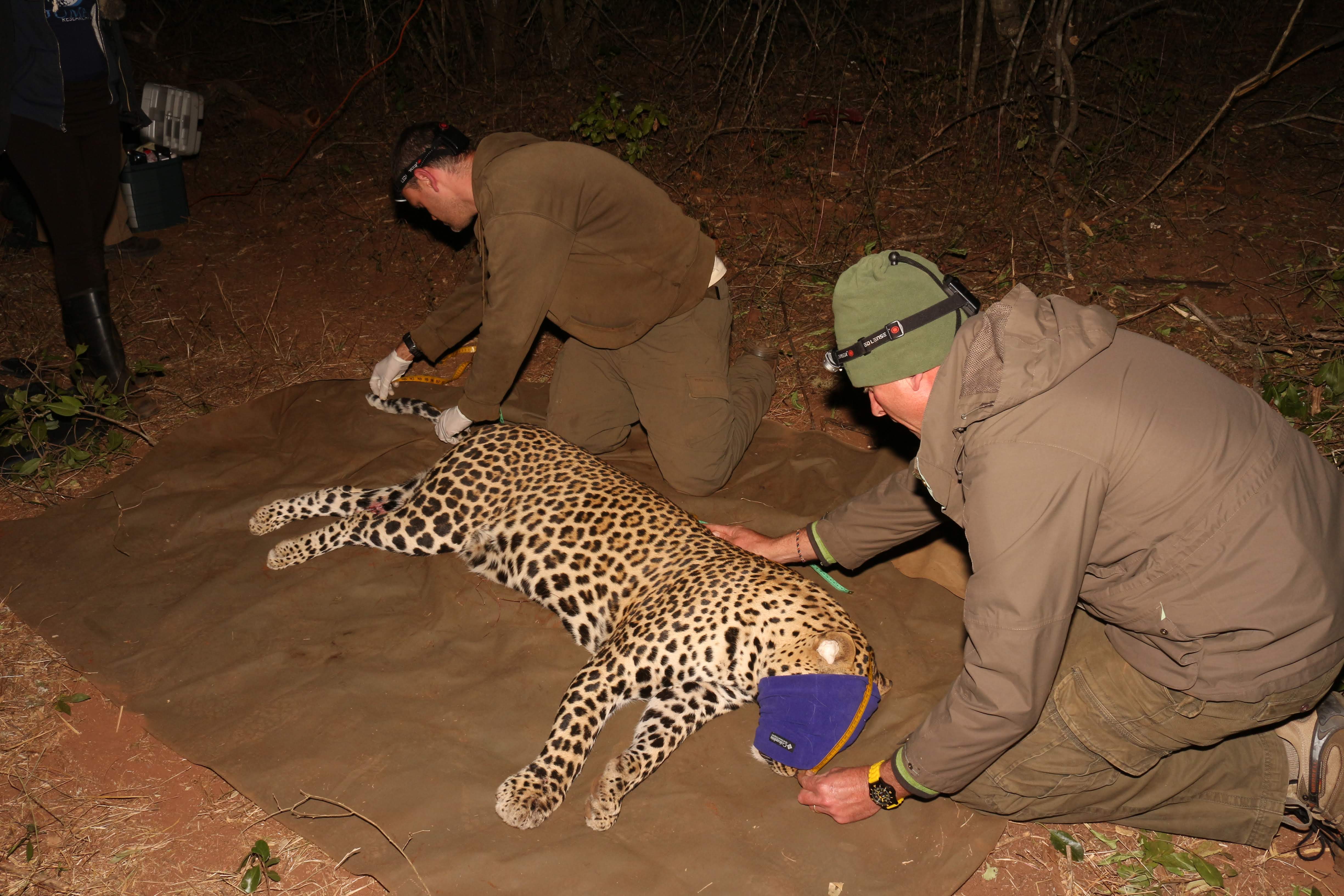
Rainforest Trust Conservation Fellow Oldrich Van Schalkwyk collaring a Leopard in South Africa. Photo by EWT.
In 2019, Rainforest Trust protected over 120,000 more acres of land in Africa. Most of this acreage came from the 117,412-acre Ekola ya Bonobo Community Reserve in the Democratic Republic of the Congo (DRC).
This new reserve followed a new law in the DRC allowing communities to partner with conservation groups in forest management. With this new opportunity, we teamed up with Amis des Bonobos du Congo (ABC), also known as Lola ya Bonobo. ABC worked with local communities, the customary owners of the forest, to create a new reserve. This area is an important habitat for Bonobos, an Endangered great ape species endemic to the Congo Basin.
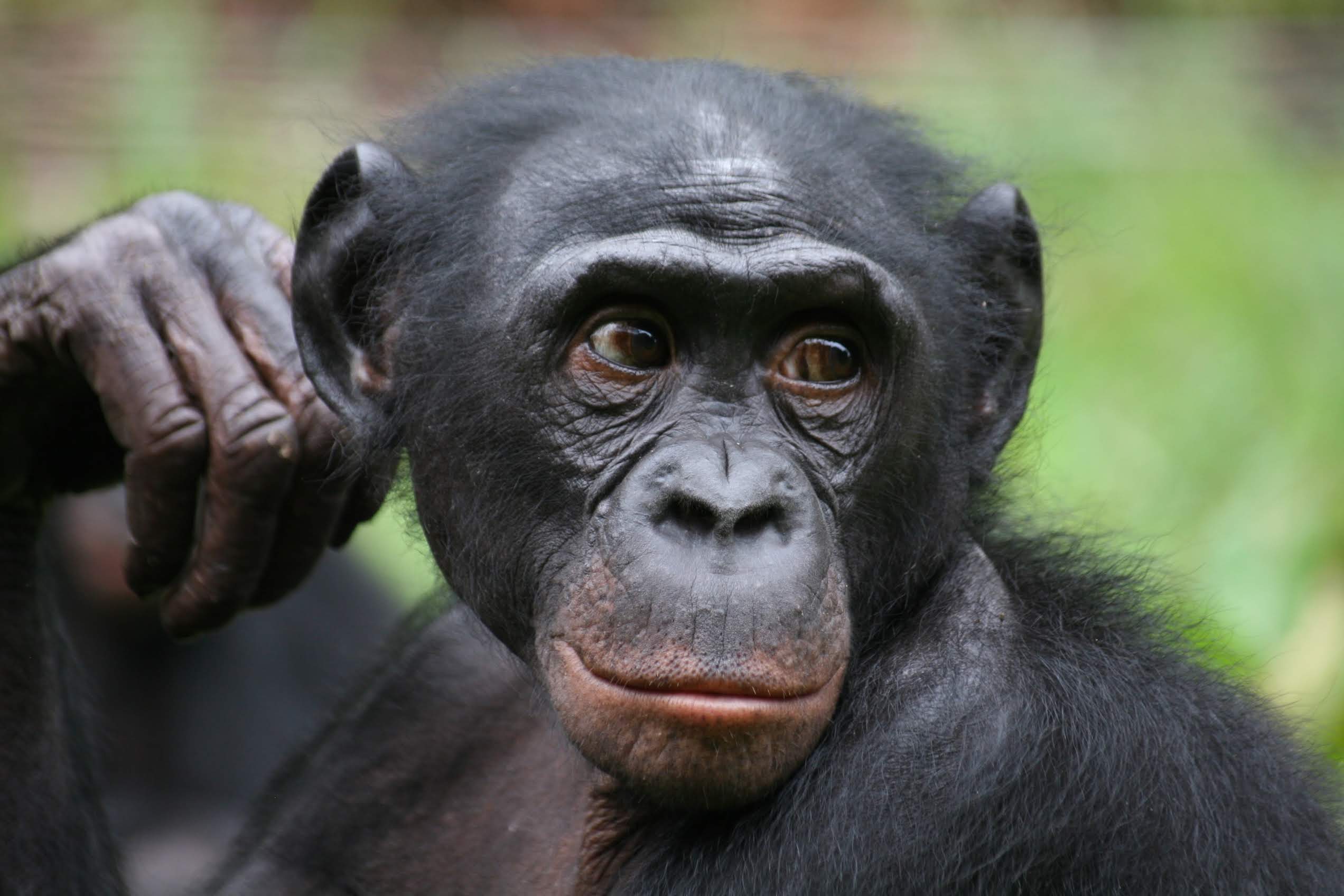
An Endangered Bonobo. Photo courtesy of ABC.
These forests are also home to species like the Endangered Giant Ground Pangolin and Grey Parrot and Vulnerable Leopard. But poaching for bushmeat and the illegal wildlife trade in the area threatens these animals’ futures. By protecting this forest with local leaders and stakeholders, this project has allowed these communities to protect resources they need. The reserve now gives them the ability to monitor forests and prevent bushmeat hunting. ABC is continuing to work on sustainable development with local communities and is coordinating with the federal government to formalize the reserve.
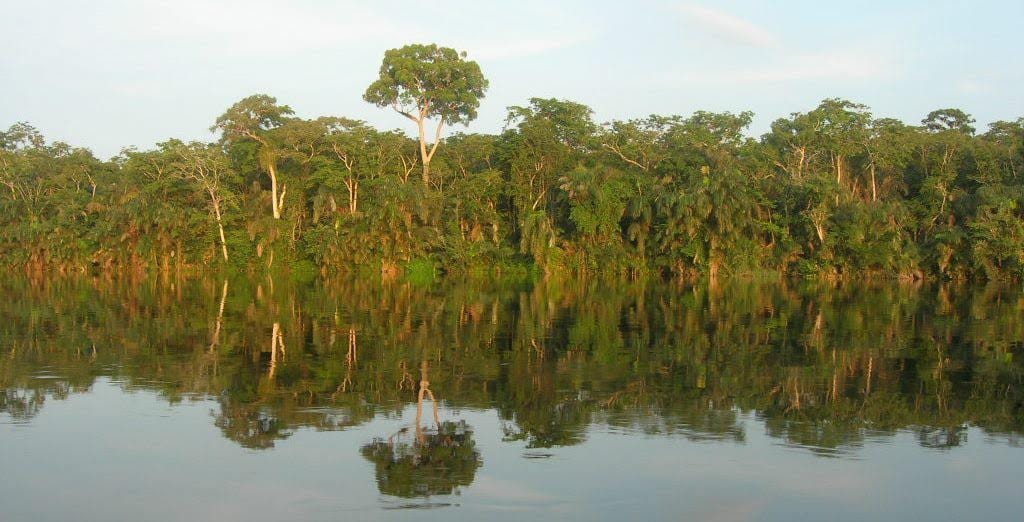
Forest habitat home to Bonobos in the Congo Basin. Photo courtesy of ABC.
Over in Tanzania, Rainforest Trust and the Tanzania Forest Conservation Group (TFCG) established the Magombera Nature Forest Reserve. This new protected area, comprising 6,462 acres, secured a highly threatened forest in central Tanzania. The forest is home to iconic species like African Elephants, but also less well-known and threatened species like the Endangered Magombera Single-horned Chameleon and plants like the Endangered Memecylon magnifoliatum. This spot is also one of the country’s top Priority Primate Areas, in part because of the Udzungwa Red Colobus. This primate species endemic to Tanzania is under pressure from habitat loss and hunting. But, in a recent sign of good news, the International Union for Conservation of Nature (IUCN) has just uplisted the Udzungwa Red Colobus from “Endangered” to “Vulnerable,” emphasizing that some conservation measures may be working.
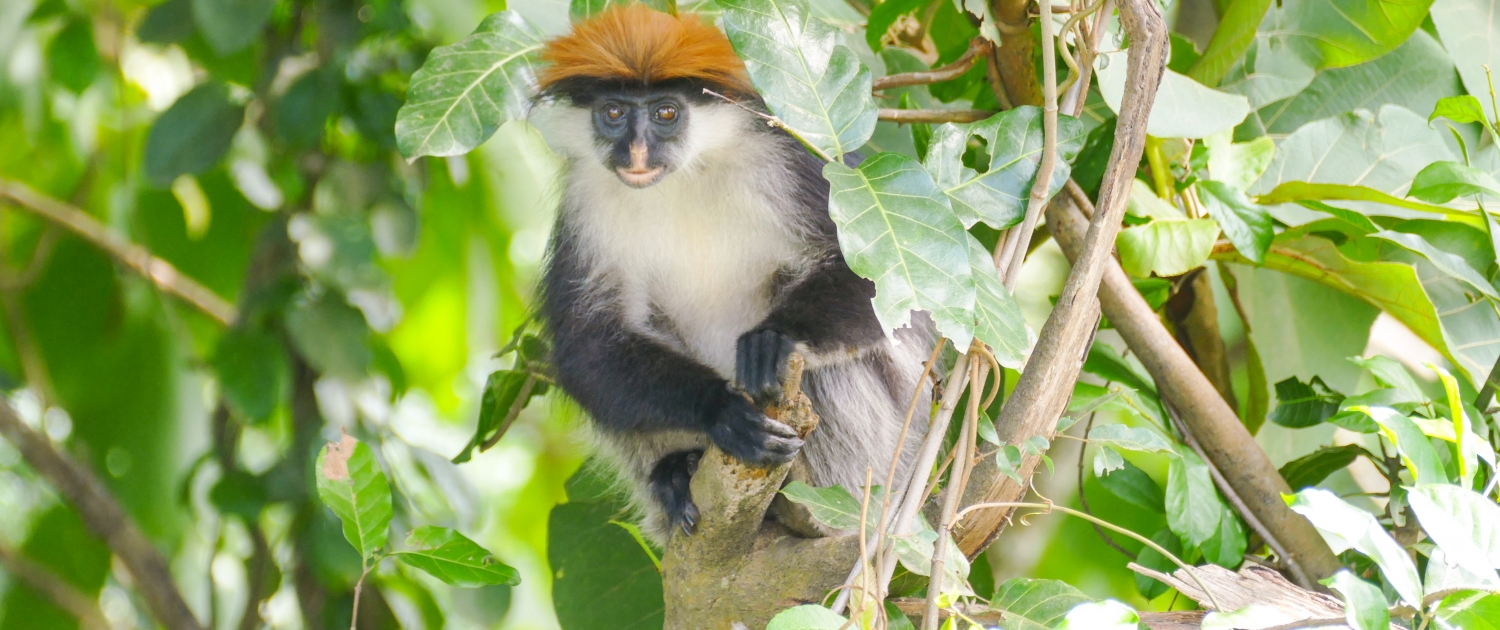
The Vulnerable Udzungwa Red Colobus. Photo by Katie Pugh/Rainforest Trust.
TFCG also wanted to build a botanical garden for conservation education and threatened plant protection around Magombera. So after creating the initial reserve, Rainforest Trust and TFCG teamed up again this year to purchase another 9-acre property. This location will start the botanical garden and allow field staff to hit the ground running.
Down in South Africa, we continued our work with the Turtle Conservancy and the Southern Africa Tortoise Conservation Trust on the Geometric Tortoise Preserve. This area is home to the Critically Endangered Geometric Tortoise and rare plant species endemic to South Africa’s Fynbos ecosystem. Our expansion this year added 58 more acres and further protection to this irreplaceable protected area.
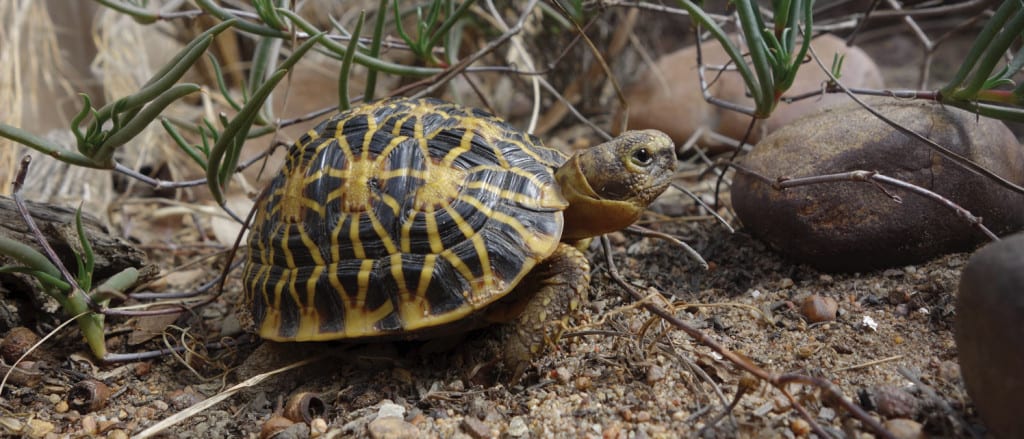
A young Geometric Tortoise in South Africa. Photo courtesy of the Turtle Conservancy.
But those successes weren’t the entirety of our work in Africa this year. We started on new projects in Kenya, Côte d’Ivoire and Gabon to protect vital habitats in those countries. We also continued our long-standing work with partners in Ghana, Cameroon, Uganda, Madagascar and more.
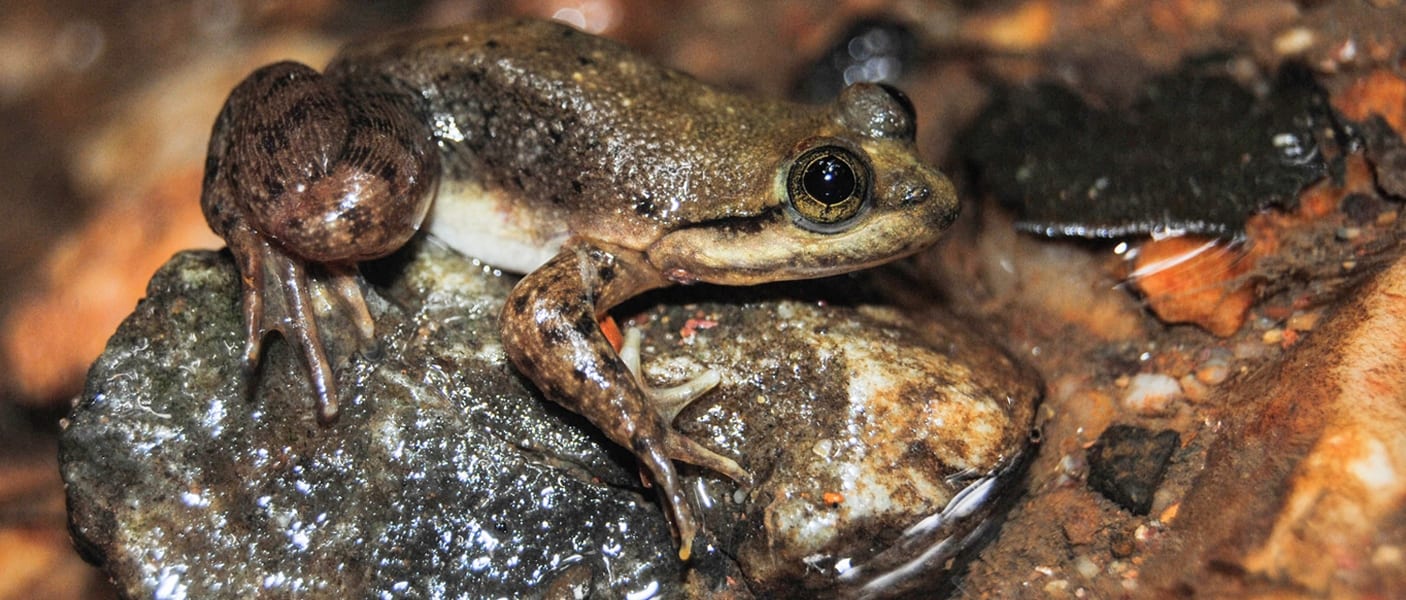
A Togo Slippery Frog in Ghana. Photo by Caleb Ofori-Boateng.
Conservation in Africa can involve species as wide-ranging as Leopards or Giraffes. But it can also focus on species as small and local as a frog isolated to one mountain range. The habitats can be as diverse as the species themselves, ranging from dark, humid forests to dry, sunny grasslands. But all our projects have one thing in common — they’re providing necessary safeguards to some of the world’s most threatened species.
None of these successes would be possible without your support. And as we move into the year to come, you can help us ramp up our conservation work in Africa.
Header photo: An Endangered Bonobo. Photo courtesy of ABC.

